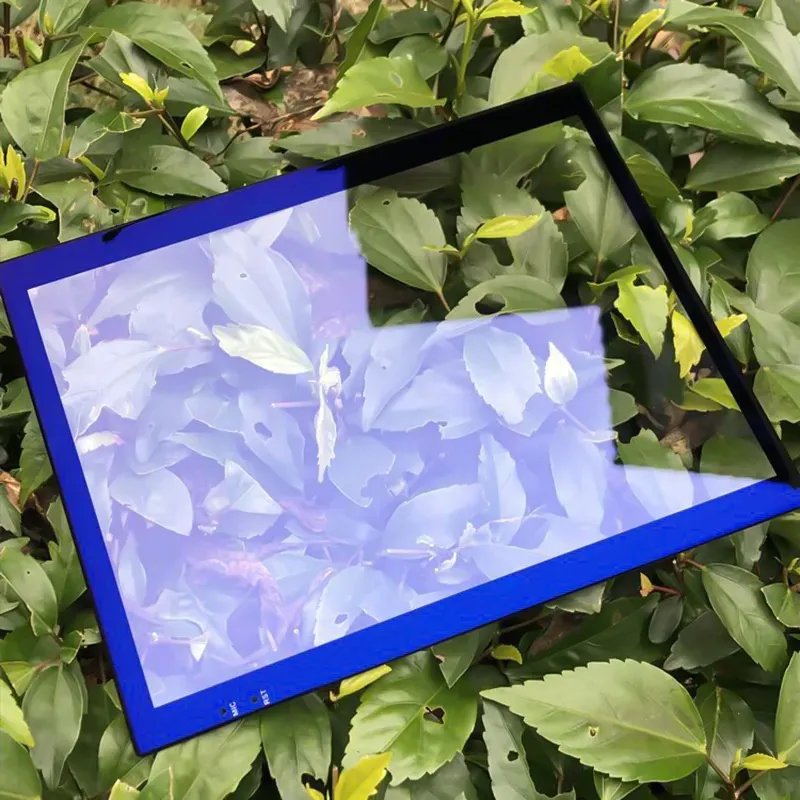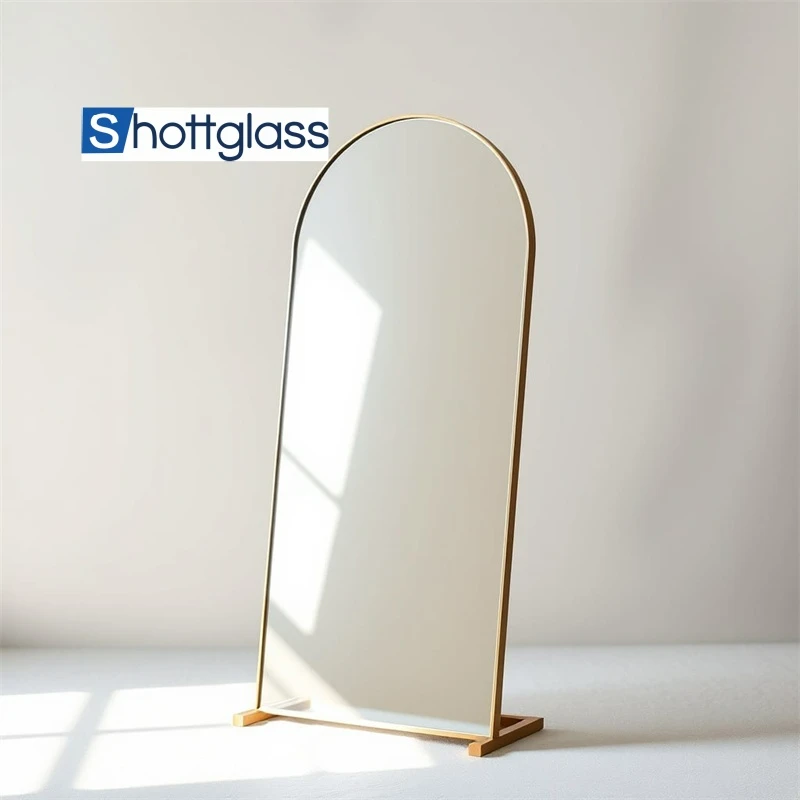Apr . 16, 2025 15:29 Back to list
The Applications of Annealed Float Glass in Modern Architecture and Industry
Annealed float glass has become one of the most widely used construction materials in modern architecture and industrial applications due to its exceptional clarity, versatility, and cost-effectiveness. Produced through the advanced float glass process where molten glass is floated on a bed of molten tin, this glass type undergoes controlled cooling (annealing) to relieve internal stresses, resulting in a product with superior optical quality and workability. The manufacturing process creates perfectly flat surfaces on both sides, eliminating the distortion and imperfections found in traditional sheet glass, making it ideal for applications where visual clarity is paramount.
The fundamental characteristics of annealed float glass, including its ability to be cut, drilled, and processed after production, make it suitable for a vast range of applications from basic window glazing to sophisticated architectural features. Unlike tempered or laminated glass which must be processed before the final heat treatment, annealed float glass offers architects and designers greater flexibility in project execution. Its variants, including clear sheet glass, ultra clear glass sheet, and specialized types like anti-glare etched glass and heat reflective glass, extend its utility across multiple industries while maintaining the core benefits of the float glass manufacturing process.
Architectural Uses of Annealed Float Glass
Annealed float glass serves as a fundamental material in modern architecture, primarily for windows, doors, and curtain walls. Its clear glazing sheet variant offers excellent light transmission and can be customized on-site, making it ideal for both new constructions and renovations. The material also forms the base for specialized products like ultra-clear glass sheets, which provide superior transparency for high-end applications, and heat-reflective glass, which improves energy efficiency in buildings by reducing solar heat gain while maintaining natural illumination.
The versatility of annealed float glass extends to large-scale architectural features. It can be fabricated into oversized panels for seamless curtain wall installations and modified with drill holes for structural glazing systems. Before undergoing tempering for safety glass applications, the material's workability allows for precise shaping to meet specific design requirements, making it indispensable in contemporary architectural projects.
Interior Design and Decorative Applications of Annealed Float Glass
In interior spaces, annealed float glass provides both functional and aesthetic solutions. Clear sheet glass is commonly used for partitions, shelves, and display cases, offering unobstructed views while defining spaces. The material can also be transformed into anti-glare etched glass through surface treatments, reducing reflections in museums, offices, and retail environments without compromising visibility.
The mirror industry heavily relies on the optical quality of annealed float glass as a substrate for high-definition mirrors. Its flawless surface ensures minimal distortion, whether for residential bathrooms or commercial applications. The glass can be cut and shaped after silvering, allowing for complete customization to suit various interior design needs and spatial constraints.
Industrial and Specialized Applications of Annealed Float Glass
Annealed float glass plays a critical role in automotive and electronics manufacturing. As the base material for laminated windshields, it can be precisely cut and shaped before safety treatments are applied. In electronics, ultra clear glass sheet serves as cover glass for touchscreens and displays, where optical clarity and durability are essential for performance and user experience.
The material's properties also make it valuable for scientific and medical applications. Laboratories use clear glazing sheets for equipment requiring chemical resistance and thermal stability, while the biomedical field employs it for microscope slides and diagnostic devices. These specialized uses demonstrate the glass's adaptability across industries with stringent technical requirements.
In summary, annealed float glass serves as a foundational material in numerous industries due to its versatility, optical clarity, and structural adaptability. Its primary applications in architecture include clear glazing sheet installations for windows, facades, and curtain walls, while specialized variants such as ultra clear glass sheet and heat reflective glass enhance both aesthetics and energy efficiency in modern buildings. Within interior design, annealed float glass is widely used in partitions, shelving, and mirrors, with anti-glare etched glass providing functional solutions for museums and offices. Industrial applications further demonstrate its importance, from automotive windshields and electronic displays to laboratory equipment, where its durability and precision are essential. As a base material for advanced glass products like clear reflective glass, annealed float glass continues to be indispensable in construction, design, and manufacturing, ensuring its ongoing relevance across multiple sectors.

-
Types of Reflective Glass
NewsNov.17,2025
-
What Is Dichroic Glass?
NewsNov.17,2025
-
Smart LED mirrors can have touch controls
NewsNov.17,2025
-
Laminated glass improves energy efficiency
NewsNov.17,2025
-
Insulated glass enhances building comfort
NewsNov.17,2025
-
Acid etched glass offers elegant privacy
NewsNov.17,2025
Related PRODUCTS














